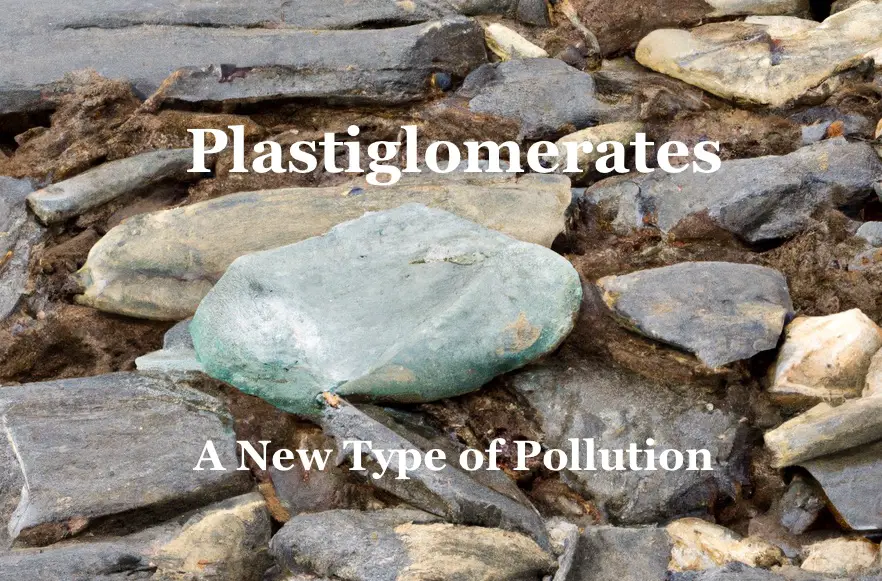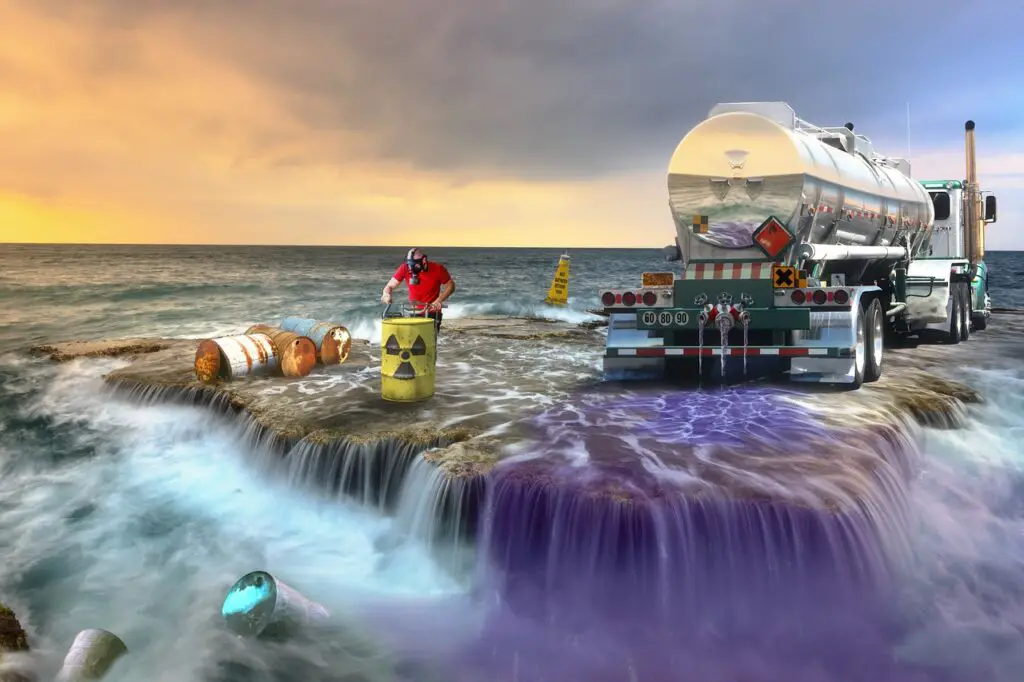A new type of pollution, known as plastiglomerates, has emerged recently that is causing serious harm to the environment and the organisms that live in it. Plastiglomerates are essentially a type of rock that is formed when plastic debris fuses with natural materials under high heat and pressure.
Plastiglomerates are harmful, because they are a new type of pollution that is difficult to manage and remove. They are commonly found in coastal areas, including beaches and shorelines, where they can pose a threat to marine life and ecosystems. Also, the plastic in plastiglomerates can release toxins and chemicals as it breaks down, which can have negative impacts on the environment and the organisms that live there.
Plastiglomerates are are not biodegradable meaning they can persist in the environment for hundreds or even thousands of years, continuing to accumulate and cause harm to the environment and wildlife over time.
The most effective way to prevent plastiglomerates is to reduce the amount of plastic waste that is produced in the first place. This can be done through a variety of means, such as reducing the use of single-use plastics, recycling plastic items, and properly disposing of plastic waste.
Another way to prevent plastiglomerates is to properly dispose of plastic waste. This means disposing of plastic items in the correct bin or recycling center and ensuring they do not end up in the environment. This can be achieved through proper waste management practices and education about the importance of proper waste disposal.
Increasing public awareness about the harmful effects of plastic pollution can also help to prevent the formation of plastiglomerates. By educating the public about the dangers of plastic pollution and promoting sustainable practices, we can reduce the amount of plastic waste that is produced and prevent the formation of plastiglomerates.
Plastiglomerates are a new type of pollution causing serious harm to the environment and wildlife. They are difficult to manage, remove, and can persist in the environment for hundreds or even thousands of years. To prevent the formation of plastiglomerates, we must reduce the amount of plastic waste that is produced, properly dispose of plastic waste, and increase public awareness about the dangers of plastic pollution. We must take action now to help prevent further damage to the environment and ensure a sustainable future for generations to come.
DIFER.ORG supports reducing plastic waste





